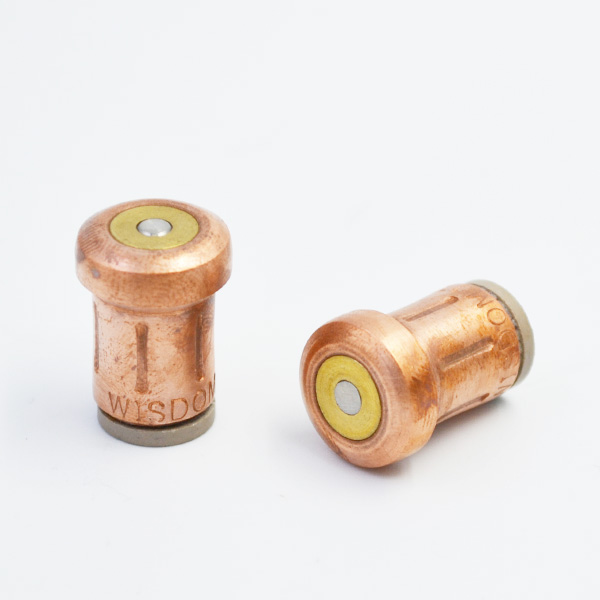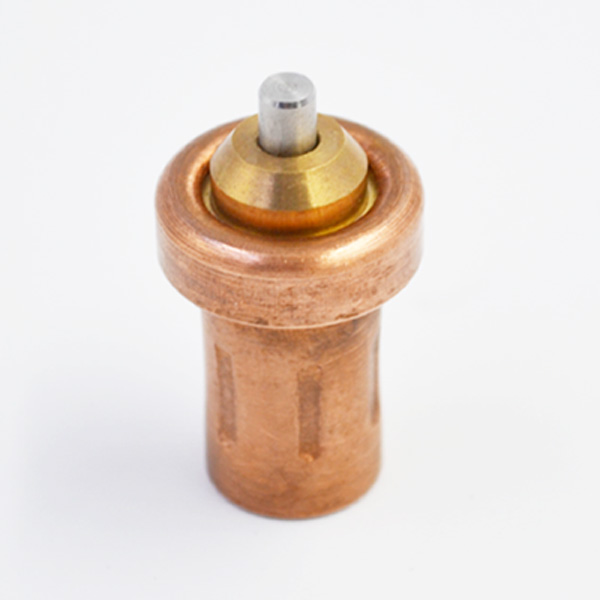Electrical Control and Programmable Controller (PLC) is a practical technical application specialty course.

Firstly, the teaching content and syllabus requirements are optimized to meet the training objectives of applied talents; secondly, combining advanced teaching methods, improving teaching methods and assessment methods, focusing on strengthening the cultivation of students’ability to think independently and solve problems; finally, the focus is on practical teaching links, using case teaching, thermostatic element guiding students in specific engineering cases, improving students’ ability to analyze and solve problems. Ability. “Electrical control and programmable controller” course is an important skill course in the course of mechanical design and manufacturing and automation. It emphasizes the combination of theory with engineering practice and hands-on operation. At present, we still adopt the teaching mode of giving priority to classroom teaching and supplemented by experimental teaching. Students’learning enthusiasm is not high, and their knowledge is not reliable enough to achieve the goal of cultivating students’ practical ability and innovative ability. Since 2014, we have initiated the teaching reform of this course, and completed the curriculum reform of “Electrical Control and Programmable Controller” in three aspects one by one. Through a series of practical verification to stimulate students’interest in learning and understand the development process, thus greatly enhancing the teaching effect, and realizing the organic unity of professional theoretical knowledge and practical operation. The teaching content of “Electrical Control and Programmable Logic Controller” includes two parts: traditional contactor relay electrical control system and programmable logic controller (PLC).
In the part of traditional contactor relay control system, besides introducing the working principle of electrical components, we should also bring typical products into the classroom, so that students can have a sense of perception. After a brief introduction of the basic knowledge, an engineering example is introduced, and the teaching content is detailed in combination with the electrical control system of typical machine tool equipment. Let the students understand the working principle and function of each electrical component in the electrical control schematic diagram with questions, and analyze the working principle of the circuit schematic diagram and the motor, master the drawing method of the schematic diagram, so as to improve the students’ability of Engineering drawing.
In the content teaching of PLC, first let the students know the concept of PLC. PLC is a general industrial controller, a general industrial control computer specially used in industrial control occasions. In many years of teaching, we found that many students can design ladder diagram program smoothly, but they will not configure the hardware system of PLC, or even choose the type of PLC controller.

Taking Siemens S7-200 series PLC controller as an example, CPU224 model can expand up to seven modules. After getting the project, we should first consider the expanding ability of the PLC, and secondly consider the output type of the PLC according to the characteristics of the output equipment. The output interface of thyristor type is suitable for AC drive only. These are problems that will be encountered in engineering practice. If the driving device is stepper motor, the main controller of PLC type with transistor output interface should be considered.
At the same time, when connecting with external equipment, attention should also be paid to the connection mode of public terminals. These are practical engineering problems that require students to train and master in course learning. In the past, the teaching process focused on the basic logic instructions. As a result, students will not realize cycle function or high-speed pulse instructions to drive the operation of stepper motors in engineering practice. PLC technology has already broken through the limitations of the original digital quantity control, and has entered the fields of process control, position control, communication network and graphic workstation, becoming the indispensable core control components of electromechanical control and process control. Therefore, in the process of PLC teaching, we should pay attention to the teaching of “functional instructions” of PLC controller.
With the development of Internet technology and communication technology, PLC now has the function of communication networking. PLC and other intelligent devices can easily form centralized management and decentralized control system. Therefore, PLC configuration should be used in the teaching process of PLC. The existing teaching methods are: teachers teach, students do homework, arrange experimental courses in theory class, and then take exams. In this way, students only receive the knowledge imparted by teachers, and lack the training of learning autonomy and design ability. One of the objectives of the curriculum reform of “Electrical Control and Programmable Controller” is to reform the teaching methods, aiming at cultivating students’engineering application ability, to change the past teaching mode of “teaching” students with teachers as the center, and to change it into the teaching mode of “teaching” students with students as the center. It mainly reforms teaching methods from four aspects: classroom teaching, case teaching, teaching combined with configuration software and assessment mechanism. In classroom teaching, multimedia is used as a supplementary means of teaching to realize the vividness of the form of class. At the same time, we should pay attention to the interaction between teachers and students, improve students’attention and stimulate students’ thinking by asking questions, practicing, students’answers to blackboard writing, and communicating and discussing. Insert animation and video links in multimedia courseware. We can make flash animation of the principle of key components, and animation of the eye-catching control principle to complete programming, so that students can better grasp the subject requirements and master the main content. In the teaching process, project cases are put forward as problems, and then students are organized to discuss in groups.
Each group can make a simple report from three aspects: raising questions, analyzing problems and solving problems. Teachers guide the process of students’report, stimulate students’ interest in learning, master the key points of knowledge in the discussion, exercise students’thoughtfulness in thinking and solving engineering problems. Ability to ask questions. With the rapid improvement of industrial automation level, the course of configuration software is aimed at enhancing students’practical awareness and application ability. With force control configuration software and real engineering problems as the background, it combines PLC with configuration to realize engineering management and remote control.

We should pay attention to strengthening the monitoring of the learning process in peacetime and the proportion of achievements in practice. Therefore, it is divided into chapters. At the end of each teaching content, a class practice is carried out for knowledge points. Each time, a score is scored into the overall score. Take knowledge points as units to carry out assessment, strengthen the assessment of learning content in peacetime, and pay attention to the learning process. In order to transform knowledge into engineering practice ability, we must strengthen the practice link. There are 25 sets of basic experimental equipment in our school’s PLC laboratory, and there are 6 sets of basic experiments in each set. In addition to basic experiments, elective experiments can be added. In this way, besides basic requirements, teaching can also be carried out on demand.
For students with strong abilities, experiments can be selected. Reform of experimental teaching methods: Teachers should give priority to guidance, strengthen the guidance and Inspiration of teachers in the experiment, require students to complete the preparation of experimental procedures before the beginning of the experiment, focus on guiding students in the experimental process of experimental debugging, analysis of experimental results, improvement of system results, and pertinently increase the difficulty on the basis of existing experiments, on-site verification. Reform the assessment mechanism of practice link: change the mode of only examining the experimental results, increase the experimental defense, and take the experimental process and innovative design as the assessment indicators. In short, through the teaching reform of “Electrical Control and Programmable Controller”, the aim is to cultivate students’comprehensive application ability, practical ability, engineering design ability and innovation ability.
By reforming the teaching materials, teaching contents, methods and means in both theoretical and experimental teaching, we can stimulate students’interest and enthusiasm in learning, cultivate students’ practical and innovative abilities, and achieve better practical results.
